The planet is heating up, ice caps are ghosting us, and we’ve got more microplastics than plankton in the ocean. Naturally, scientists aren’t just sitting around crossing their fingers. They’re in the lab doing something very sci-fi: tweaking animal DNA to help species survive our messy, overheated future. Yep, real-life gene editing is already happening, and it’s way beyond just glow-in-the-dark bunnies (although—yes—that also exists).
From CRISPR-ing disease resistance into coral reefs to rewilding elephants with mammoth traits, these projects are giving “evolution, but make it fast-forward.” Some of them sound like superhero origin stories, others like Pixar plots gone rogue. Either way, it’s all real—and shaping the future of survival on Earth 2.0. Here are five actual projects where scientists are flipping genetic switches and rewriting nature’s playbook.
1. Rewilding the Arctic with Woolly Mammoth Hybrids
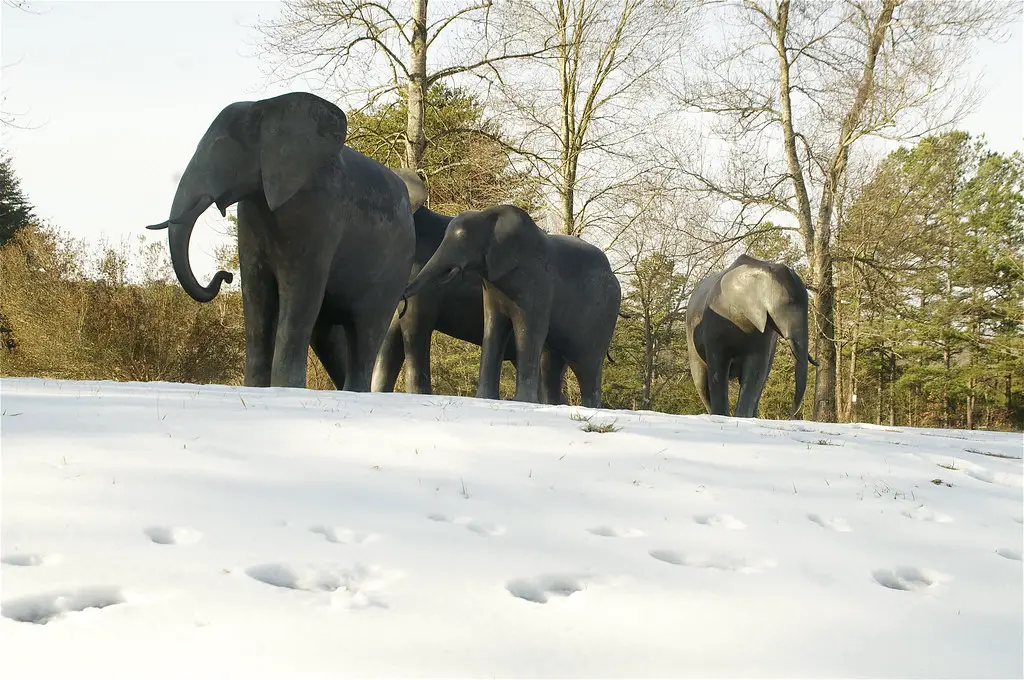
Remember when woolly mammoths went extinct because of climate shifts and human hunting? Well, scientists are now trying to bring them back—with a twist. A team at Colossal Biosciences is using CRISPR to splice cold-adapted genes from mammoths into Asian elephants, aiming to create a hybrid that can thrive in frigid tundras and help rewild the Arctic. The goal isn’t just nostalgia—it’s ecosystem restoration.
These mammoth-ish creatures would trample moss, spread grasslands, and slow permafrost melt by maintaining colder ground temps. According to The Guardian, the project hopes to release the first calves into the Siberian tundra by 2028. It’s equal parts conservation and “Jurassic Park” prequel. Critics warn it’s risky and speculative, but proponents argue we can’t afford to play it safe with the climate clock ticking. This isn’t just a science flex—it’s a moonshot for planetary repair. And yes, if this works, we might actually get real-life Ice Age vibes—minus the talking sloths.
2. Coral That Can Take the Heat
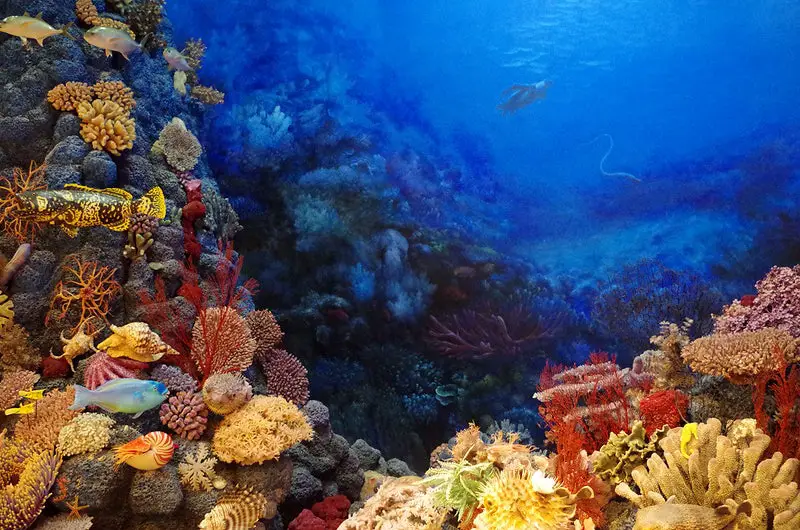
Coral reefs are like the party hosts of the ocean—bright, biodiverse, and vital for everything else living nearby. But they’re also dying at a terrifying rate thanks to warming seas and acidification. Enter: gene-edited “super coral.” At the Australian Institute of Marine Science, researchers are using selective breeding and CRISPR tools to create coral that can withstand hotter, more acidic waters.
These heat-resistant strains have already survived simulated climate stress tests in the lab. According to Bloomberg, early trials suggest they could be key to saving the Great Barrier Reef and similar ecosystems worldwide. The work blends assisted evolution and hard science to essentially speed up natural adaptation. It’s kind of like training coral for the Olympics of climate survival. There are still risks, of course—introducing genetically altered life forms to wild ecosystems isn’t exactly plug-and-play. But with 14% of the world’s coral gone in just a decade, this is one Hail Mary we may need.
3. Pigs Reprogrammed to Resist Pandemics
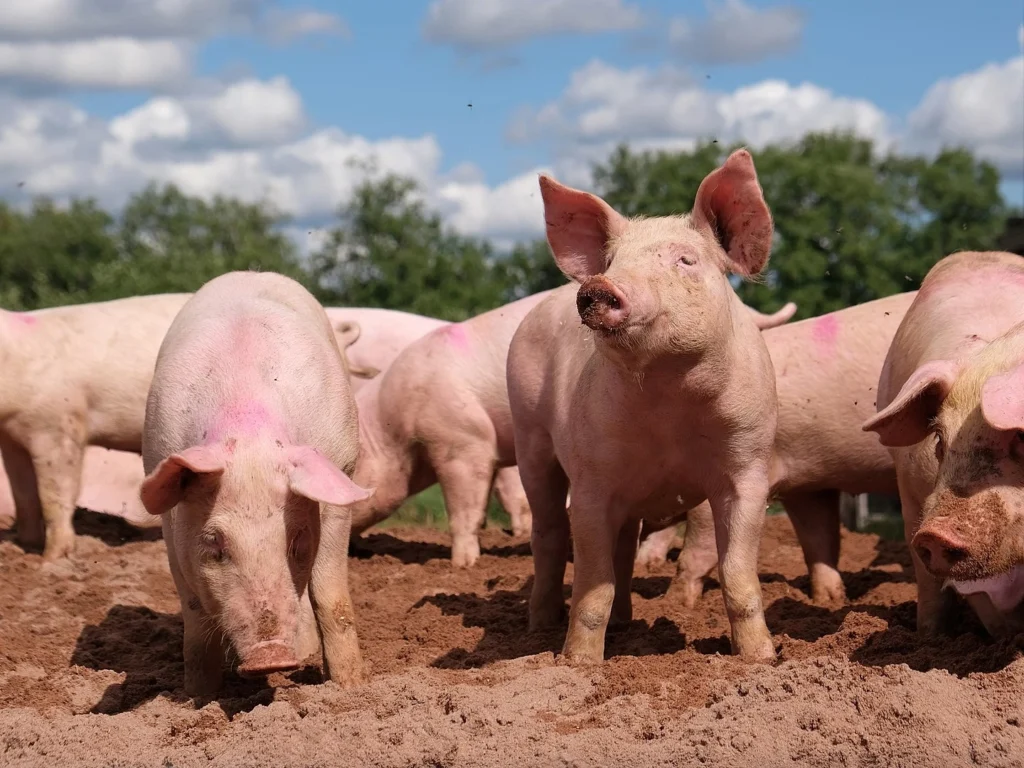
It’s not just humans getting pandemic-proofed. In a lab in the UK, scientists have gene-edited pigs to be resistant to diseases like PRRS (Porcine Reproductive and Respiratory Syndrome), a virus that’s both wildly contagious and economically devastating. This isn’t future tech—it’s already been demonstrated using CRISPR to snip out the gene that makes pigs vulnerable.
The pigs remain healthy, fertile, and totally normal-looking—no cyber-snouts or anything. As Nature points out, the breakthrough could transform livestock farming and reduce antibiotic use, which helps both animals and humans in the long run. It’s part of a bigger trend of making our food sources more resilient to future outbreaks. Less disease means less need for mass culling, fewer supply chain meltdowns, and potentially cheaper bacon. Ethically, it’s complex—animal rights advocates still push for broader systemic reforms—but in terms of pure science, it’s groundbreaking. The lab pig 2.0 might just be the next line of defense in global health.
4. Mosquitoes Built to Crash Their Own Species
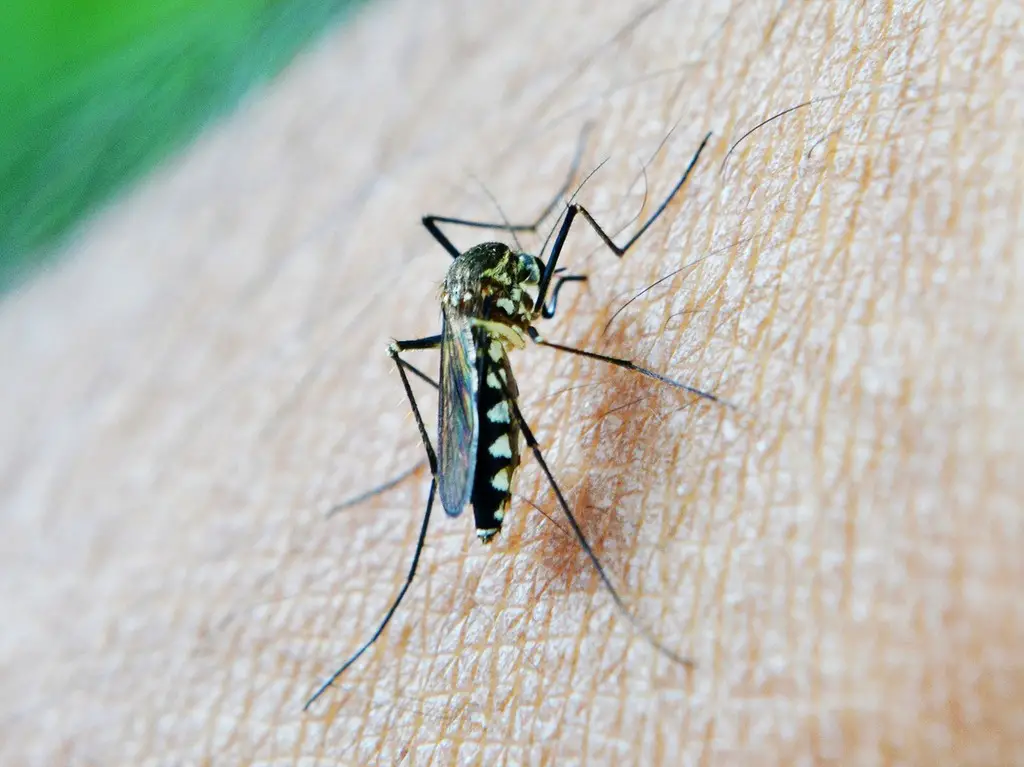
If you’ve ever been a late-night buffet for mosquitoes, you’ll be thrilled to know that scientists are building self-destruct buttons into their DNA. Gene drive tech is being used to engineer mosquitoes that pass down infertility genes, essentially crashing their populations over a few generations. It’s being trialed in places like Burkina Faso and Florida to combat malaria and dengue.
The New York Times reports that these gene-edited mozzies are already out there, mating away, and passing along the lethal gene like a bug-based version of a secret agent mission. Unlike pesticides, gene drives are species-specific, meaning they don’t wipe out other insects like bees or butterflies. Still, the ethics are hotly debated—what happens if the gene mutates or spreads in unexpected ways? But when malaria still kills over 600,000 people a year, doing nothing feels worse. Think of it as precision pest control with an extinction twist.
5. Cows That Stay Cool in a Hot World

Cows are not exactly built for a boiling planet—they’re giant, heat-trapping grass machines. When temps spike, they eat less, get stressed, and produce less milk. So researchers at the University of Florida have been editing cow DNA to include heat-tolerant traits found in Brahman cattle, which are native to hotter climates. These “climate-smart cows” are hybrids designed to survive rising temperatures without losing productivity.
According to Smithsonian Magazine, gene-edited calves are already being born and showing early promise. It’s all about keeping livestock viable as the planet’s thermostat keeps cranking up. Not only does this help with food security, it could reduce animal suffering in hot climates. Critics worry about long-term health effects and regulatory oversights, but proponents say climate change isn’t waiting for us to get comfy. This isn’t about “designer cows”—it’s survival mode for the future of agriculture. Moo but make it science.
6. Gene-Editing Goats for Drought Survival
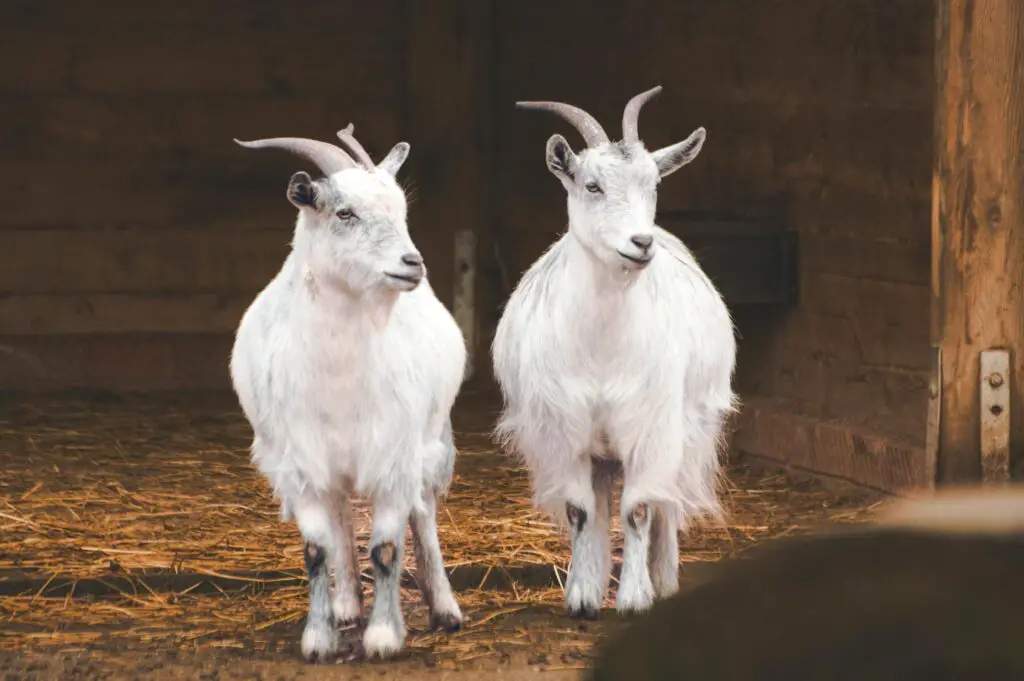
Goats are already the scrappy survivors of the animal world, but scientists are taking things to the next level by tweaking their DNA to thrive in drier, harsher environments. The goal? Create super-resilient livestock that can live off less water and lower-quality forage—basically, apocalypse goats. Researchers are focusing on genes related to hydration efficiency, coat thickness, and even salt tolerance. These hardy hybrids could be game-changers for parts of Africa, Asia, and the American Southwest where desertification is already a reality.
If successful, it means farmers could raise livestock in places where grass barely grows. That’s huge for food stability in vulnerable regions. Plus, goats are less methane-intensive than cows, so they’re kinda the sustainable underdogs of the meat world. No, they won’t shoot lasers or grow wings—but they might just help feed the planet when things get rough. Think Mad Max, but with cud-chewing MVPs. And unlike lab-grown meat, these goats are still 100% real, just better built for Earth 2050.
7. CRISPR Chickens That Don’t Spread Bird Flu
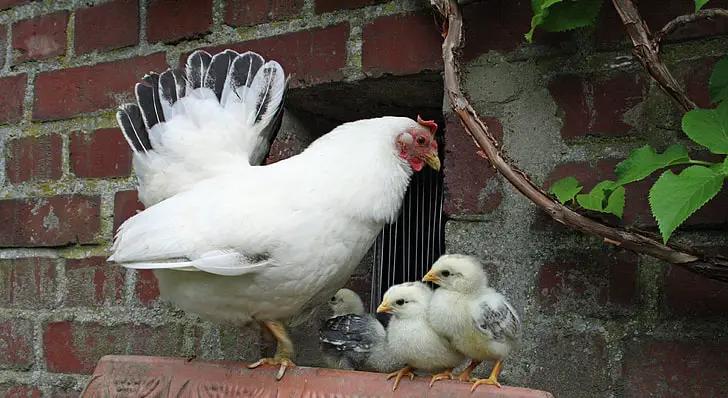
Bird flu outbreaks have cost billions and led to the mass culling of chickens, but now scientists are cooking up a fix right in their genomes. Using CRISPR, researchers are editing chickens so they don’t replicate or transmit the avian influenza virus. The edit targets a specific gene that flu viruses need to hijack the chicken’s cells—block that, and the virus hits a dead end. Early trials show these modified birds still lay eggs and behave normally, minus the biohazard.
This could mean an end to massive bird flu outbreaks, which is good news for both egg lovers and global food chains. It’s also a win for animal welfare, since fewer birds would be culled “just in case.” There are, of course, debates about ethics and long-term effects, especially when food animals are involved. But with poultry being one of the world’s top protein sources, the stakes are high. These chickens might not look different, but their DNA could reshape how we farm in a disease-riddled world. And yes, they’re still delicious—just with fewer public health risks baked in.
8. Resilient Salmon Built for Warmer Rivers
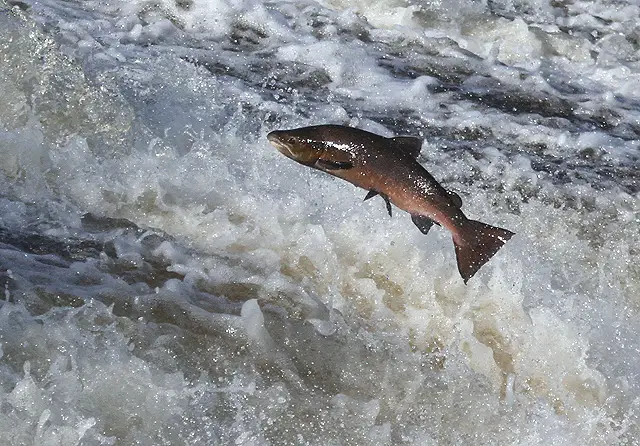
Salmon are sensitive fish—literally. They need cool, clean rivers to spawn, and climate change is turning those rivers into hot tubs. To keep them from vanishing, scientists are using genetic editing to enhance traits like heat tolerance, oxygen efficiency, and parasite resistance. These tweaks are already being tested in aquaculture settings, where salmon farming is big business.
The idea is to eventually introduce edited lines into wild populations—or at least support hatcheries with heat-proof salmon. It’s controversial, because anytime you mess with a wild species, there’s a risk of unintended consequences. But losing salmon altogether would devastate entire ecosystems and indigenous food systems. The stakes? Pretty high. These edits could be the lifeline between species collapse and a stable, sustainable future. So yes, lab-modified salmon are swimming toward the front lines of the climate fight.
9. Honeybees That Fight Off Parasites
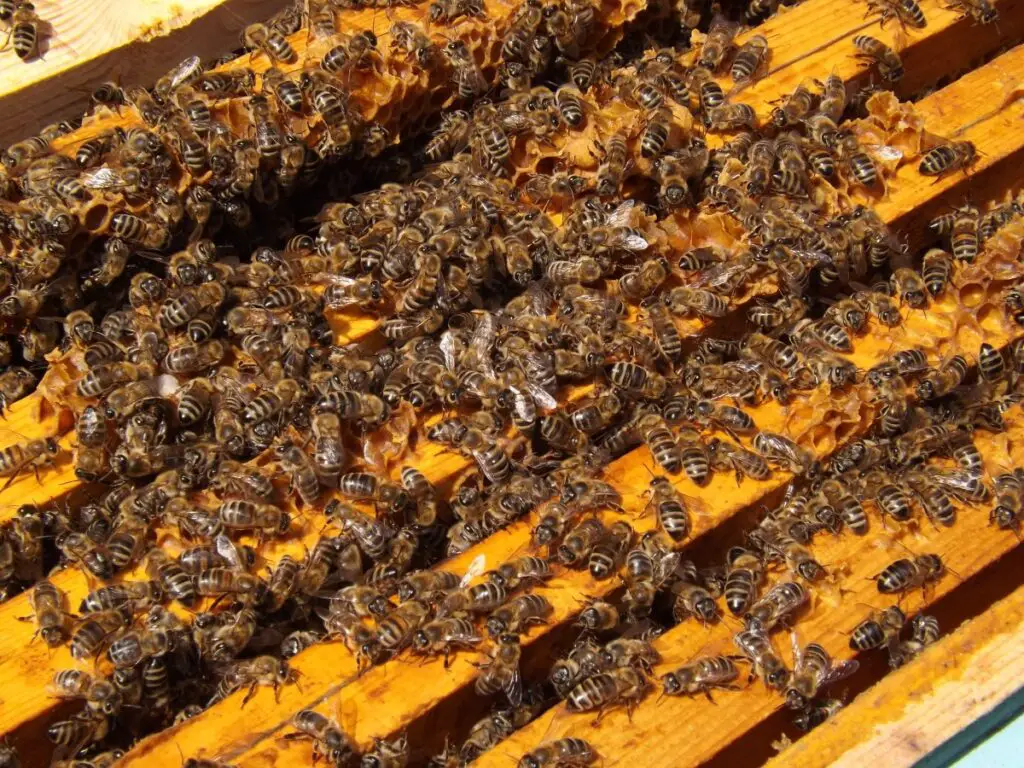
Bees are tiny, buzzy legends holding up our food system—but they’re in trouble thanks to disease, pesticides, and those awful Varroa mites. Enter: genetically enhanced bees that can resist mites and viruses without collapsing. Scientists are selecting and tweaking traits in bee populations that help them detect and remove infected brood (a process called “hygienic behavior,” which sounds like a spa treatment, but is actually hardcore).
Some labs are even using gene drives to spread mite-resistance traits faster in wild bee populations. The dream? Healthier colonies that don’t need constant chemical treatments. Healthier bees mean better pollination, which means more crops, more flowers, and fewer grocery store price shocks. It’s still early days, and no one wants to create Franken-bees, but the buzz is real. These projects could give us a future where bees aren’t just surviving—they’re thriving. And yes, that means more honey for everyone.
10. Ticks Genetically Edited to Stop Spreading Lyme
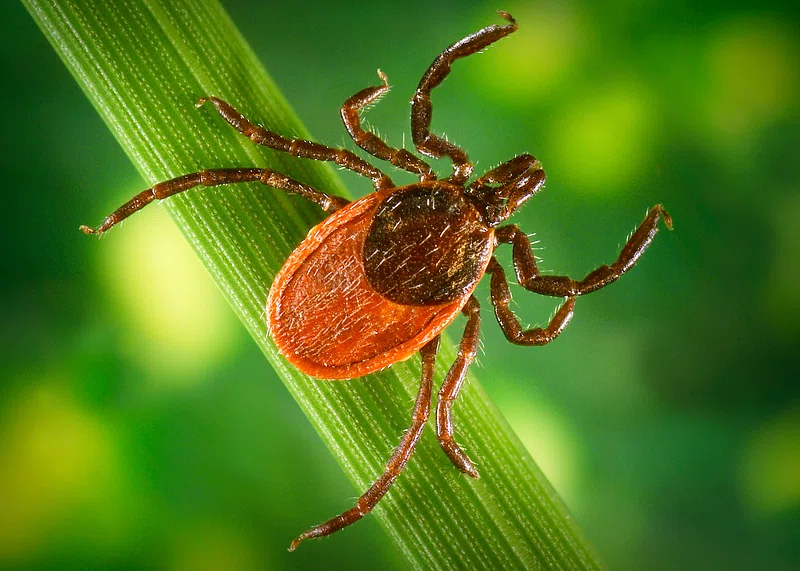
Okay, ticks are the actual worst—tiny, gross, disease-delivering vampires of the grass. But instead of just avoiding tall weeds forever, scientists are working on a genetic fix. By editing ticks to remove their ability to carry and transmit the bacteria that causes Lyme disease, researchers hope to basically defang the little creeps. It’s not easy—ticks have complex life cycles and host-switching behavior—but early lab work is promising.
Think of it like vaccinating the parasite instead of the human. These gene-edited ticks would still exist, but they’d be way less dangerous. Less Lyme means less long-term illness, fewer ER visits, and a lot more summer hikes without the horror. Of course, nobody’s crying about possibly disrupting the tick ecosystem. These projects are still deep in the lab phase, but they’ve got major public health potential. Honestly, who wouldn’t want to live in a world with harmless ticks?
11. Elephants Engineered to Resist Poaching
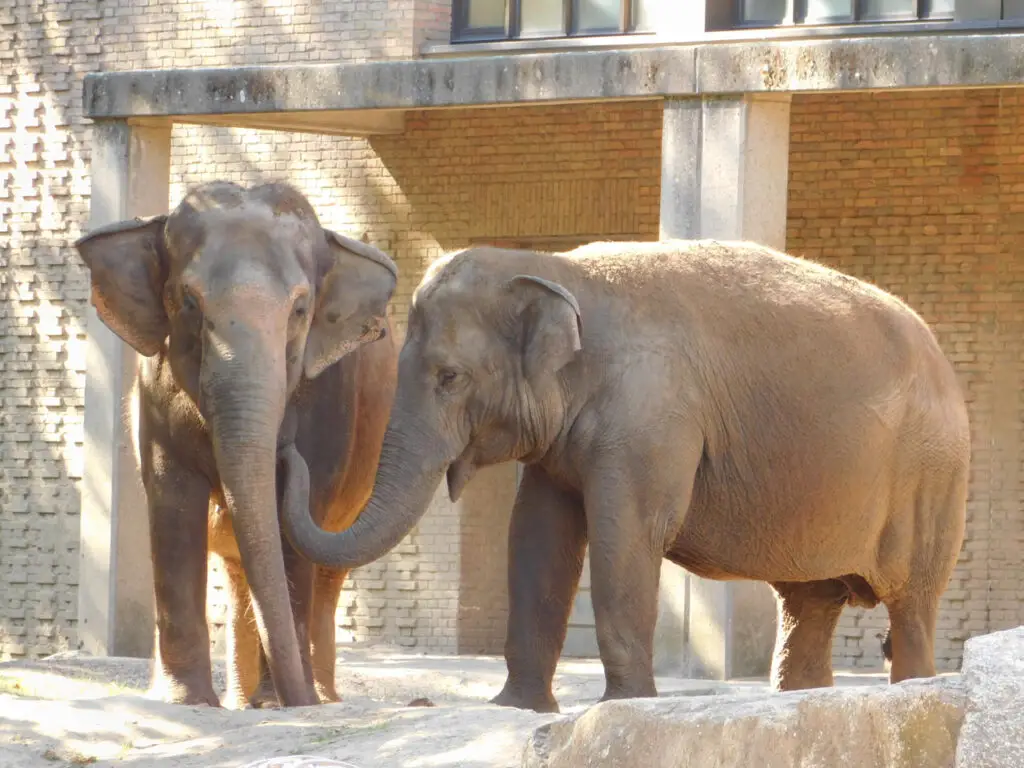
Poaching for ivory is still decimating elephant populations, but scientists are now turning to genetics to fight back—by breeding tuskless elephants. In some areas, tusklessness has started to evolve naturally due to heavy poaching pressure. Now, researchers are looking at how to accelerate this trait through gene selection or editing, especially in high-risk regions.
Without tusks, elephants are less of a target for illegal hunters. The downside? Tusks are useful tools for elephants in the wild, so there’s a delicate balance between survival and quality of life. Still, in places where herds are being wiped out, tuskless genes might be the only path forward. It’s a wild strategy—protecting animals not by outsmarting poachers, but by changing the very thing poachers want. Conservationists are split, but it’s a powerful example of using genetics as a shield. The ethical trade-off is messy, but extinction is messier. These new elephants may not look iconic—but they might just make it into the next century.
12. Frogs Modified to Resist Deadly Fungal Plagues
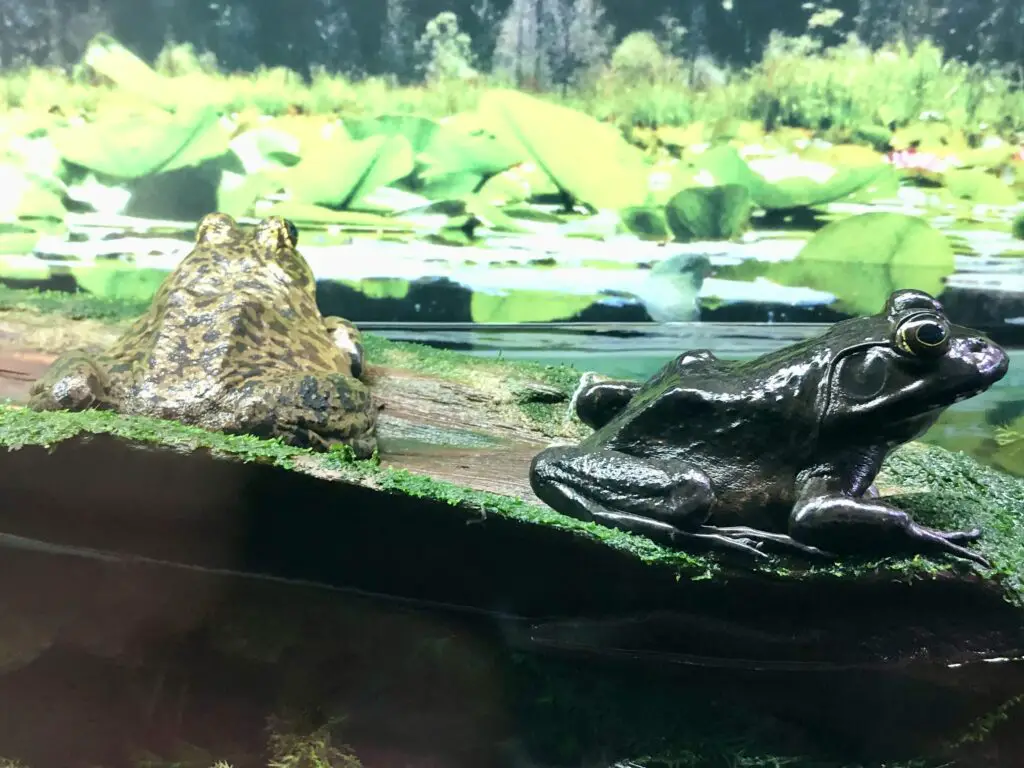
Amphibians are dying off around the globe thanks to a gnarly fungal disease called chytrid, which has wiped out entire species in just a few decades. But scientists are fighting back by giving frogs genetic resistance to the fungus. This involves either editing the frogs directly or tweaking the skin microbiome—basically the little bacterial army on their skin that can block infection.
The goal is to create “super frogs” that can be released back into ecosystems without immediately getting wiped out. These projects are happening in places like Panama, where native frog species are barely hanging on. It’s high-stakes conservation with a gene-editing twist. Without intervention, many of these frogs will go extinct in our lifetime. With it? We might just get to keep their wild colors and insect-eating powers around a little longer. Cute and bioengineered to survive—frog prince 2.0, incoming.
